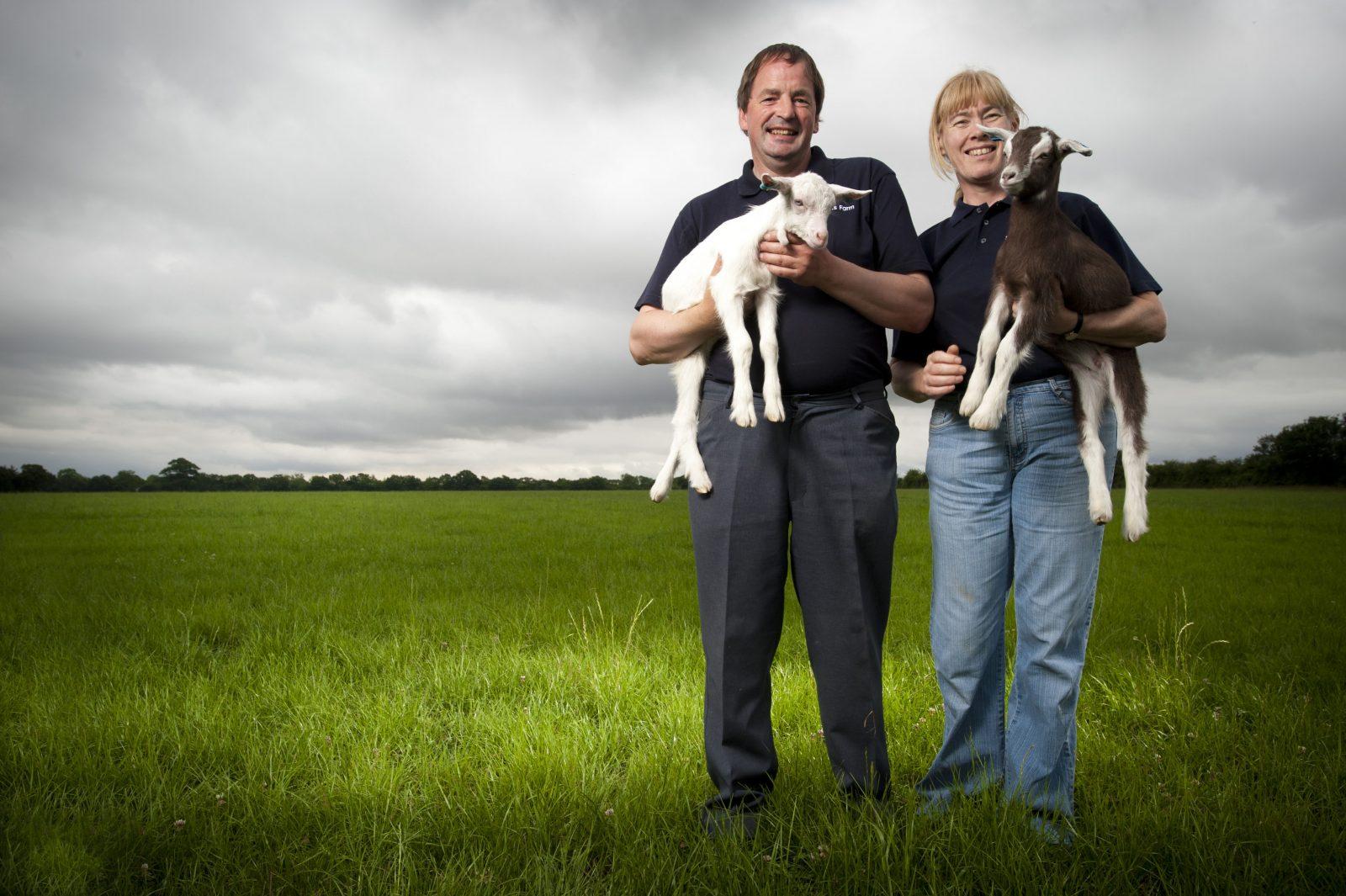If you have enjoyed the York races, then the Cheltenham Festival should undoubtedly be on your calendar. You might’ve already had a little flutter on each!
Both the York Races and the Cheltenham Festival are calendar worthy events, and they both hold multiple awards and accolades.
So if you’re ready to find out why the Cheltenham Festival is a must for horse race lovers, then read on and we suggest visiting OLBG.com’s page for racing tips from their racing tipsters.
The History of the York Horse Races
The York horse races have such a rich history; there is a quote from 1730!
‘Every year there be more noble lords, gentle dames, and commoners of high and low degree at York for the races,…all of one mind, looking on York as the place above all others for sport and sportsmen…’(Simon Scrope in his diary, 31 July 1730)
Yet, the York horse racing can be tracked all the way back to Roman times. It has been recorded that there were various gatherings in open spaces that involved horse racing.
Although that isn’t the York horse racing we know and love today, it has a long history of enjoyment for the people of York and beyond.
During the 18th century, the York horse racing scene became more organised and pulled in crowds of over 100,000, which is no small feat.
The York Racecourse is the third biggest venue for horse racing in England, for the total prize money on offer.
On average you can see up to 350,000 attendees and the racecourse holds multiple races per year.
The biggest meet, Ebor, is typically in August and will last four days.
In 2020 the Group 1 Juddmonte International was crowned the World’s Best Race!
The history of the Cheltenham Festival
Horse racing at the Cheltenham Festival goes back more than 200 years, and it started as a flat race, which is a far cry from the hurdles and fences that you can expect to see in modern times.
The first noted race took place on Tuesday 25th August 1818, and it was five races in total. While the modern-day festival is four days, that initial meet was a single day.
In 1819 organisers extended the meet to 3 days, and the Cheltenham Gold Cup was a three-mile-long flat race for three-year-olds.
Over time the love for flat racing lessened, but the steeplechase or chase became more popular. The chase is fast-paced and exciting. These races require more from both the horses and the jockeys.
The Cheltenham Festival was initially known as the National Hunt Meeting, and there is a National Hunt Chase Challenge as a nod to this history.
How do the horses qualify for each race?
If we now look specifically at one of the highest calibre of a horse, Group 1, Grade 1 or G1. These horses are the highest level of Standardbred or Thoroughbred horses.
For a horse to achieve Group 1 status, they must have a 115 or higher rating, for the first four finishers in the race over three years.
To ensure consistently high standards, the International Federation of Horseracing Authorities work diligently.
Group 1 may have several restrictions such as sex and age group. There will be no stipulations for where the horse was bred. Regional exceptions do apply.
The Group 1 races attract the best horses and jockeys, and the prize money is the highest within these categories too.
What are the payouts for the winners of the York and Cheltenham races?
Horse racing globally has some incredible payouts. The Saudi Cup has the highest prize money, with $20 million up for grabs. So how do York and Cheltenham compare?
The Cheltenham Gold Cup draws enormous crowds and horses that are highly trained and stunning to watch. In 2019 the total prize for the Gold Cup was £600,000.
Of that, £351,688 would go to the winning horse and their stables.
The Group 1 Juddmonte International, had a £275,000 on offer in 2020. The Nunthorpe Stakes offers prize money of £350,00 while Dante Meeting pays out £55,000.
Prize money is subject to change and support from investors and supporters of the different races.
How much do people bet on the Cheltenham and York horse races?
The annual turnover from horse racing is colossal. Although there has been a decline between 2009 and 2019, Statista reported that in 2009 the horse race betting in Great Britain had a turnover of 4.2 billion.
However, there has been a shift to online horse betting in recent years; on-course betting is still prevalent.
Key facts for Cheltenham Festival
- An estimated £500 million is wagered on the Cheltenham Festival.
- The Cheltenham Festival brings in £100,000,000 for the regional economy.
- One of the most notable bet was a £2 straight line bet, and the winner took home £187,567.80
Key facts for York Races
- During the Ebor Festival in 2017, there was £4.4 million on the line, in 2019 that was a huge £5.35 million worth of prize fund.
- In 2006 there was £85,000 paid out when a 100/1 won the race.
- In 2007 the York Racecourse boosted the local economy by £44 million.
While both racecourses are worthy of your time, you don’t need to choose between the two. The biggest race days don’t overlap, and you can always place your bets online too!
Dates for Cheltenham Festival: Tuesday 16th March – 19th March
Dates for the Ebor Festival: Wednesday August 18th – 21st March






